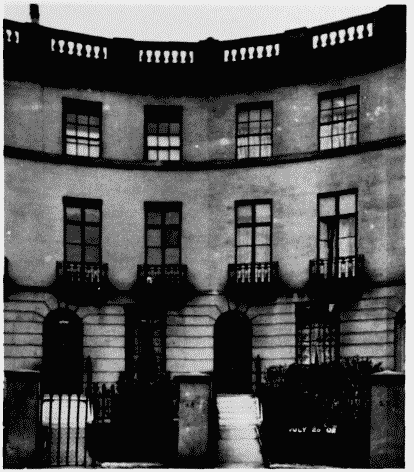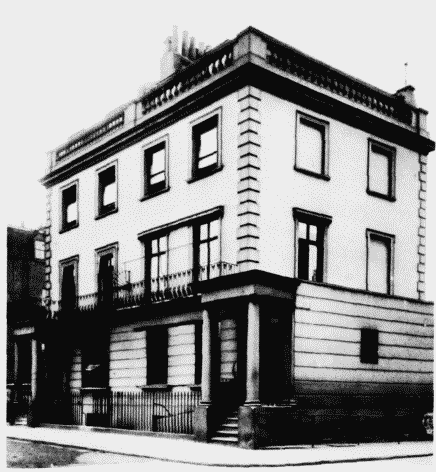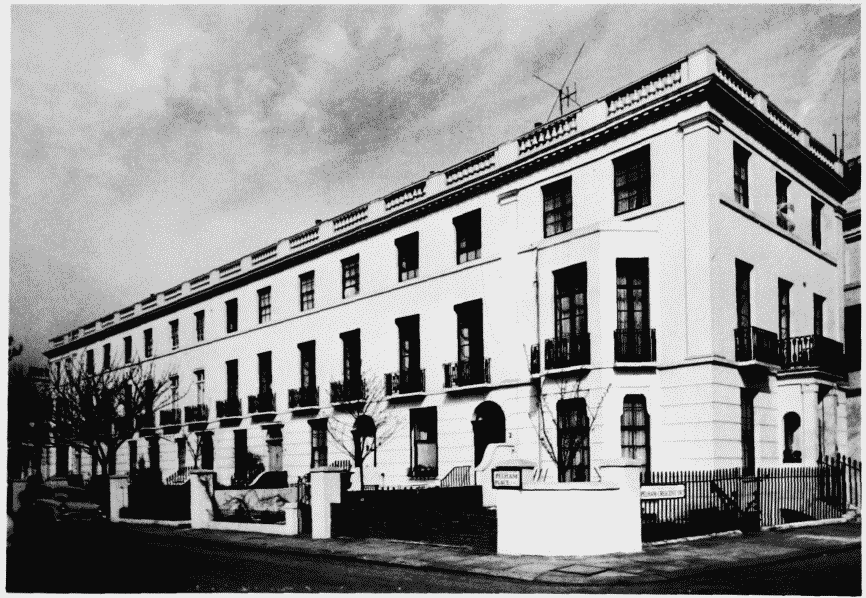Survey of London: Volume 41, Brompton. Originally published by London County Council, London, 1983.
This free content was digitised by double rekeying. All rights reserved.
'Plate 49', in Survey of London: Volume 41, Brompton, ed. F H W Sheppard (London, 1983), British History Online https://prod.british-history.ac.uk/survey-london/vol41/plate-49 [accessed 1 February 2025].
'Plate 49', in Survey of London: Volume 41, Brompton. Edited by F H W Sheppard (London, 1983), British History Online, accessed February 1, 2025, https://prod.british-history.ac.uk/survey-london/vol41/plate-49.
"Plate 49". Survey of London: Volume 41, Brompton. Ed. F H W Sheppard (London, 1983), British History Online. Web. 1 February 2025. https://prod.british-history.ac.uk/survey-london/vol41/plate-49.
In this section
The Smith Charity Estate
a. Nos. 23 and 25 Pelham Place, 1843-4, 1902 (p. 96)

Nos. 23 and 25 Pelham Place and Thurloe Houses, Pelham Place North, in 1902.
Nos. 23 and 25 Pelham Place, 1843-4, 1902 (p. 96)
b. Thurloe Houses, Pelham Place North, 1844-5, in 1902 (p .94). Demolished

Nos. 23 and 25 Pelham Place and Thurloe Houses, Pelham Place North, in 1902.
Thurloe Houses, Pelham Place North, 1844-5, in 1902 (p .94).
Demolished
c. No. 14 Pelham Crescent (right) and Nos 2-14 (even) Pelham Place in 1957.

No. 14 Pelham Crescent and Nos. 2–14 (even) Pelham Place in 1957.
No. 14 Pelham Crescent (right) and Nos 2-14 (even) Pelham Place in 1957.
George Basevi, architect, James Bonnin, developer, 1837-8 (p. 96)
